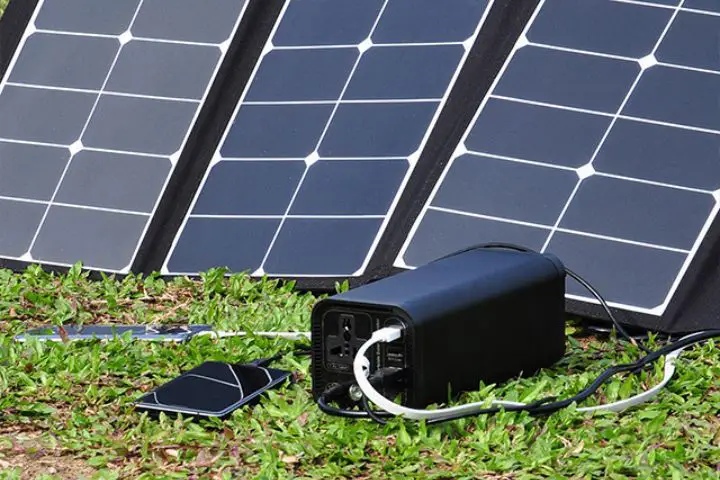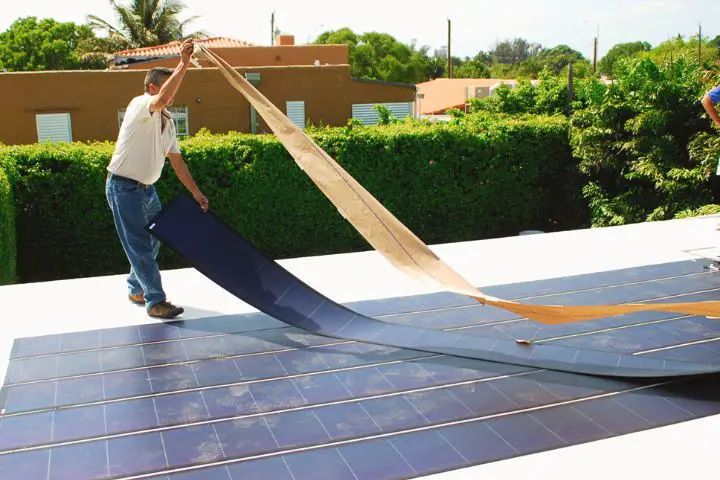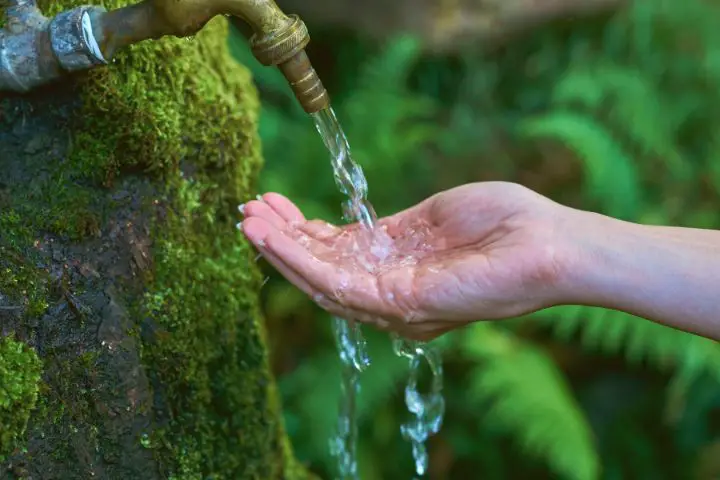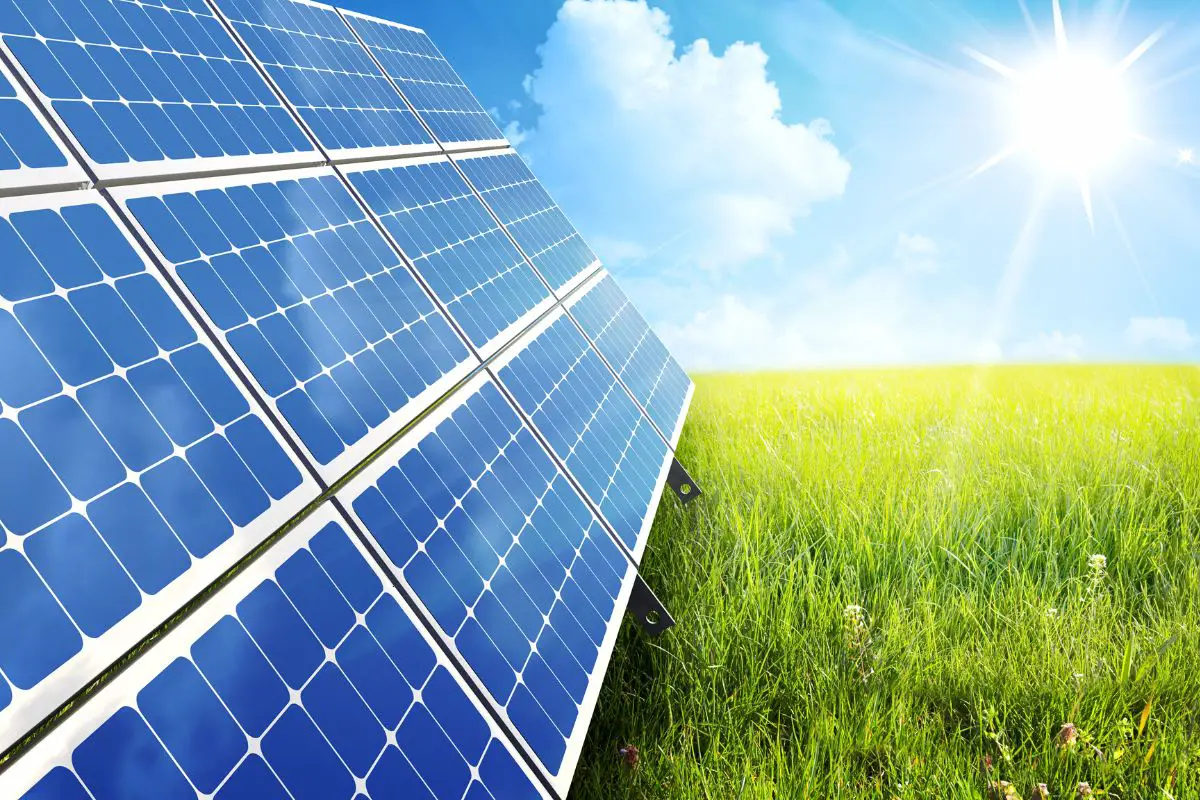How Solar Power Can Make a Big Difference in Disaster Relief [6 Case Studies]
As climate change ramps up, there’s one thing we need to brace for: natural disasters as an unsettling new norm. From wildfires to floods, communities are already being torn down to debris and left without access to basic necessities.
In such difficult times, solar power can help these communities survive – and even recover – saving thousands of lives.
To cater to disaster-affected areas, solar technology has been adapted into effective, portable forms. Let’s explore how these can bring a lifeline to communities in need by looking into 6 real use cases!
Solar Power and Disaster Relief: 6 Use Cases
1. Solar-Powered Generators
It’s not just that natural disasters cut off power. They also cut off access to fuel and gas which is required to power traditional generators. This is where solar generators jump in.
Since there’s no reliance on fuel or gas, you don’t have to worry about running out and can use the power source more generously. There are many options when it comes to solar generators depending on how much power you need. But in the case of natural disasters, a basic solar generator will suffice and will be less costly as well. Solar generators are also much easier to set up than traditional generators, which makes them ideal in difficult situations. They already have a proven track record in helping local communities like in Kathmandu, Nepal after the devastating 2015 earthquake.
There’s one caveat, though: the affected area needs ample sunlight for solar to be dependable.
Luckily, as you’re about to see, this is not too great of a hurdle.

2. Solar & Battery Storage
Homes, businesses, community centers or hospitals that already have a solar setup may think they are well prepared for disaster as they are not just reliant on main power supplies. However, disasters have their own ugly way of showing that it’s not always the case.
What many of us tend to forget is that adequate sunlight to power solar systems is not available 24/7. Nor is it a constant; instead, it waxes and wanes even during daylight.
In other words, harnessing the sun isn’t enough if you don’t store its energy for when it’s needed the most. That’s why many communities and governments are investing in batteries to support their solar setups. These batteries can store solar power which can be used in cases of emergencies.
Take Hawaii as an example. As of 2021, they made sure that more than 90 percent of new solar installations were paired with batteries. Not only does this allow them to work towards their goal of a zero-carbon future, but they are now more prepared than ever to face natural disasters.
3. Roll-up Solar Panels
When disaster strikes, you need a simple and portable solution that’s easy to transport through damaged terrains. But portability isn’t enough. If the rig requires days or even weeks as well as a host of technicians or engineers to set up, its purpose is already beaten.
Your regular solar panels are a case in point. They are very large and very heavy, which makes them tricky to haul around. Need we emphasize that installation requires you to be a pro? All these factors put together just don’t make them the ideal option for disaster relief.
Or do they?

Combating these obstacles was the inspiration for UK-based Renovagen’s Rapid Roll “T” System. The system they made is basically a large “roll” of solar panels which simply need to be rolled out for use.
You might think, don’t solar panels need to be set up at a particular angle and location? Well, thanks to this startup’s technology, the Rapid Roll panels are designed on the concept of a “modular, resilient electrical architecture.” This means that every section of the mat will adapt to the light conditions and optimize, and they can be set up anywhere. And the entire unit can be transported to any location by road or by air.
Once you roll it out, the system requires no additional setup. It activates with the simple flip of a switch and the solar power is loaded into an already installed storage system within the unit which can provide from 5kWh up to 100kWh or more. After this, you just need to hook it up to whatever entity requires power, whether that be homes, hospitals, shelters or more.
4. Solar Powered Water Purification
It’s not just that natural disasters often result in contamination of clean water sources and damage to water supply infrastructure. It’s also that in many parts of the world, clean, drinkable water is becoming scarce as it is. Add to that the spikes in prices of water and no access due to hoarding in many countries, and you’ll get a dramatic picture.
A case in point is Pakistan. Over the last several years, the country has regularly faced devastating floods during the annual monsoon season. The hardest hit areas are those that are already struggling with access to basic necessities, including electricity and clean water. During the floods, what little infrastructure exists tends to get damaged or even completely destroyed, and millions are left suffering.
Inspired by the struggles faced by his community, Hamza Farrukh decided to establish Bondh E Shams. It’s a charity organization that created the Oasis Box, a water purification system powered by solar energy.

The Oasis Box is an all-in-one system that collects water from different sources including a local well, river or by directly harvesting rain water. This water collects into their solar-powered filtration system and produces clean, safe drinking water that can be collected by community members.
“It’s renewable, it’s sustainable, and it’s very cost-efficient. Each pump is providing upwards of 20 years of safe water once we set it up and only costs between $5,000 and $7,000. If you break it down, for every $100, you’re providing 40,000 cups of water every year,” Farrukh told Business Insider back in 2018.
Fast forward to 2022, and an Oasis Box was donated to a small village in the lower region of the Sindh province of Pakistan after they were hit by severe flooding. It has provided access to clean water for thousands of community members and has been dubbed a “godsend.”
The company is continuing to expand, with operations in 5 countries including Pakistan, Yemen, South Sudan, Bangladesh and Afghanistan. By setting up systems such as the Oasis Box near any water source or in flood-affected areas, clean water can be provided to entire communities. Even more importantly, it will serve them not just in the immediate aftermath of disaster, but also for years to come.
5. Solar-Powered Mobile Nanogrids
It may be a mouthful, but this technology is a game-changer for disaster-stricken areas.
Developed by Sesame Solar, a solar energy company based in Michigan, United States, the Nanogrid is a truck-like mobile vehicle equipped with solar panels that are set up once the vehicle has parked. One such vehicle can produce enough power for 4-6 houses. It also contains back-up charging in the form of a hydrogen fuel cell that can turn water into hydrogen. And that, in turn, can be stored to charge the batteries if needed.
Not only does Nanogrid provide solar power, but it is equipped with additional features to support those affected by disasters.

These include a water filtration system that can produce up to 500 liters of drinkable water per se as well as 5G connectivity. Take all these together and you’ll get an all but ideal power source to support disaster sites, whether it is used to provide power for shelters and hospitals, or simply function as a connectivity station in remote areas.
The contraption is about to be put to use too. In early 2023, Santa Barbara County bought one of these trailers. The thing is, this area in California is prone to natural disasters such as floods and wildfires, which result in power outages almost as a rule. This investment is their way to make sure they’re ready as one can be when disaster strikes. In fact, the local government officials announced plans to purchase a second Nanogrid to have enough support for their entire county.
One of the best things about the Nanogrid is that the manufacturer can customize it. For example, a winery in California that faced difficulties after a wildfire used a Nanogrid to continue their winery operations as effectively as possible. From governments to business owners, everyone can benefit from this versatile solar-powered system.
6. Solar-Powered Shelters
In the aftermath of any disaster, one of the first protocols in emergency responses is to provide shelter for those who have lost or had to abandon their homes. Many times these are schools, places of worship or other spaces which are converted into shelters for as long as necessary until those affected are able to get back on their feet.
But shelters also need access to power to function and provide adequate support.
To prevent them from losing power, organizations and governments are now setting up solar-powered shelters that have both solar panels and batteries for storage.
New Orleans is currently establishing 86 solar-powered shelters at local churches and other community spaces. The largest community-funded solar project in the United States, the Community Lighthouse project, aims to scale up in preparation for the notorious hurricane season.
The shelters will provide services including charging stations, power or charge basic medical equipment, and accommodate food storage and food distribution. Moreover, the spaces aim to be a safe place for residents to seek refuge and comfort during power outages.
Final Thoughts
There’s a flicker of light at the end of our tunnel ridden with floods, wildfires and earthquakes, and it’s called innovation. Luckily, emergency response has become one of the main solar development trends over the past few years! Each community will face their own struggles in these times, and having an array of options for renewable energy systems can make a difference between life and suffering – or worse.





